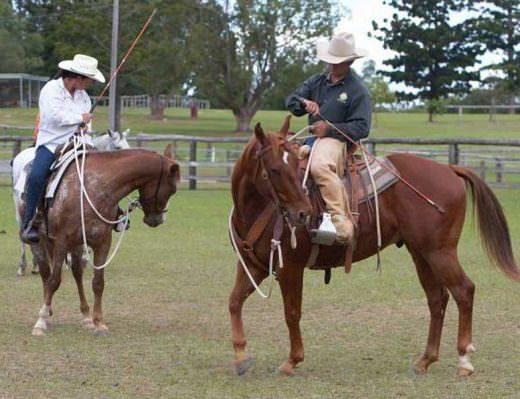How tight do you hold your reins? And can that impact the rideability of your horse on a given day?
According to researchers from the University of Gottingen, in Germany, the impartial measure of rein tension can explain rideability scores given during performance horse testing.
If you aren't already familiar, current German mare & stallion performance testing requires horses be put through standard riding assessment tasks including dressage tests, cross-country and show jumping rounds. During this, several test riders, and judges observing from the ground, score each horse independently based on several parameters such as willingness to work, constitution and rideability.
Research Dr. Ute König von Borstel notes that the current grading system is high subjective and scores for each horse can vary substantially among both judges and riders. “Rideability results often reflect a rider's subjective feeling about the horse,” König von Borstel said. “We conducted this study to determine if the rideability scores given by riders were influenced by the rein tension they experienced when riding the horses.”
Data loggers, which provide objective evidence of the amount of pressure applied to the reins by the rider during riding, were used during the tests and also measured the frequencies of behaviors which could be indicative of conflict; head-tossing, tail swishing and snorting were all recorded.
A total of 33 mares and 13 stallions from two separate testing stations were observed on two occasions during their performance test's dressage training.
Researchers found that rein tension and the steadiness of rein contact were strongly correlated with the scores of rideability given by both test riders and judges.
According to König von Borstel, “of all the measured parameters we observed, including the various behaviors, we found that the higher the maximum and mean rein tension, the lower the rideability score. We also found that variability in rein contact correlated with the rideability scores, with higher variability in the tension on the reins resulting in lower rideability scores.”
What does this mean for us real-world riders? That consistent and light rein tension can improve the rideability of our own horses. I experience this with my own horses every time I ride, or even work them for that matter. The heavier the rein tension the more they focus on the rein tension and fight against everything that is being asked. Give them consistently light rein tension and they are able to focus and willingly perform every task and maneuver you ask – so long as they are physically capable and you are not getting in their way.







